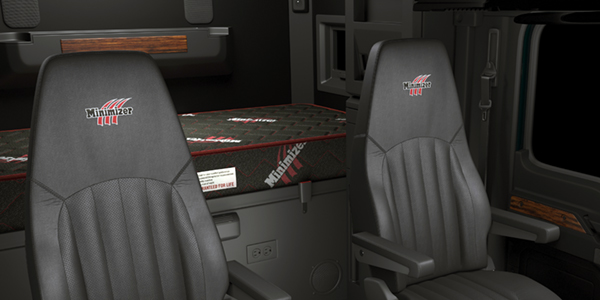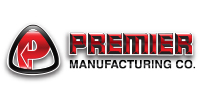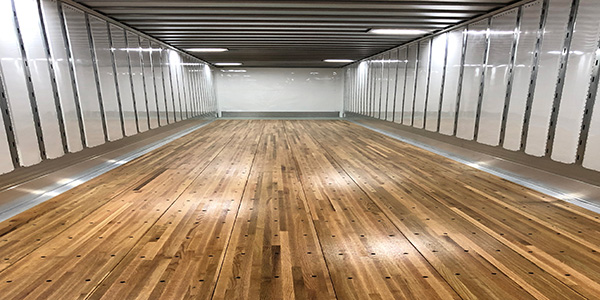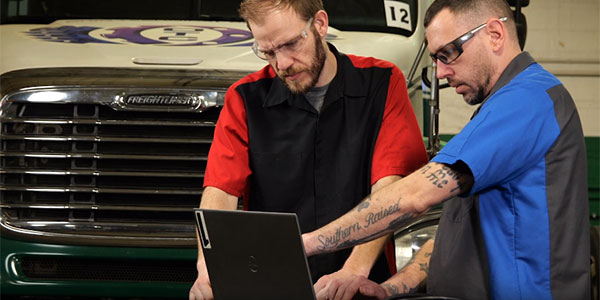Talk to any fleet, any small trucking company, or even the drivers themselves and ask them to identify the biggest problem facing the trucking industry. Chances are they’ll tell you it’s driver retention and recruitment.
The American Trucking Association reported a shortage of 50,000 drivers just two years ago, and that number is expected to grow as older drivers retire. So, what’s the key to successfully recruiting and then retaining drivers?
As with most questions, there isn’t a single, end-all answer. It’s a combination of things that add up to happy, healthy drivers at the helm of your fleet.
Let’s first examine driver recruitment. Researchers say companies should be open and honest from the first conversation with a potential new driver. What is that driver looking for, and can my fleet offer it? Building a relationship based on open and honest communication is key to not only recruiting that driver but also retaining them, as well.
This includes laying out expectations clearly – e.g., what does the job entail? – so no one is caught off guard. If that driver needs to unload freight in addition to driving the truck, make sure that’s clear from the beginning. Some fleets have even started sharing videos with recruits that demonstrate the job responsibilities.
Testimonials from current drivers also go a long way in impacting leads, and some companies have even started offering driver mentors that help recruits adjust to their new surroundings. EPES Transport System reports that after four months on the job, 71 precent of drivers who have a mentor are retained, compared to 47 percent of drivers without a mentor.
Obviously, pay is a big part of recruiting potential drivers, but incentives play a large role, too. Driver safety and comfort are imperative to enticing drivers to come work for a company. Fleets offering premium in-the-cab products, such as a top-of-the-line seat or mattress, will attract more attention from potential drivers than one offering stock products. With driver health and fatigue lightning rod topics these days, premium products that positively impact a driver’s well-being will make current drivers and potential new drivers take note that this fleet respects and values its drivers.
According to trucking executives at a recent symposium, a driver’s connection to a company is vital for recruiting and retaining their services. If a driver doesn’t feel connected to their company, that’s a red flag. Rarely does a driver go through the terminal and take the time to meet the office and support staff, and the fleets staying ahead of the competition are making time for drivers to get to know others within the company.
The best fleets also listen to their drivers and ask for feedback. What could we be doing better? What do you need to remain a happy and productive driver? Spending time and resources building relationships with both new and veteran drivers plays a huge role in keeping them happy.
Driver recruitment and retention is a hot-button issue, but there are several ways fleets can reach out to new drivers, as well as keep their current drivers engaged and content for years to come.
This article was sponsored by Minimizer. For more information, please visit our website at www.minimizer.com.














